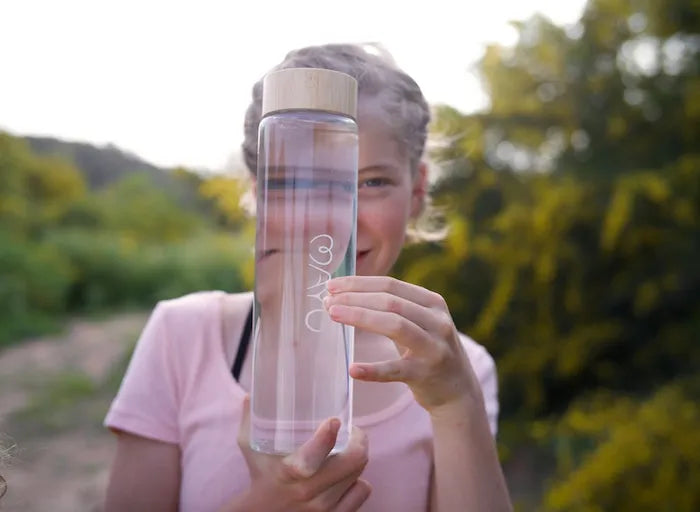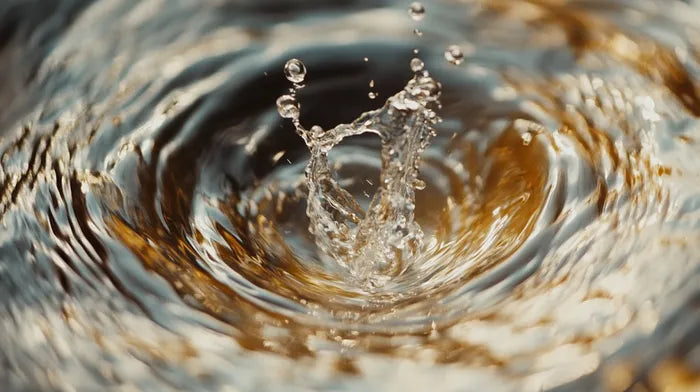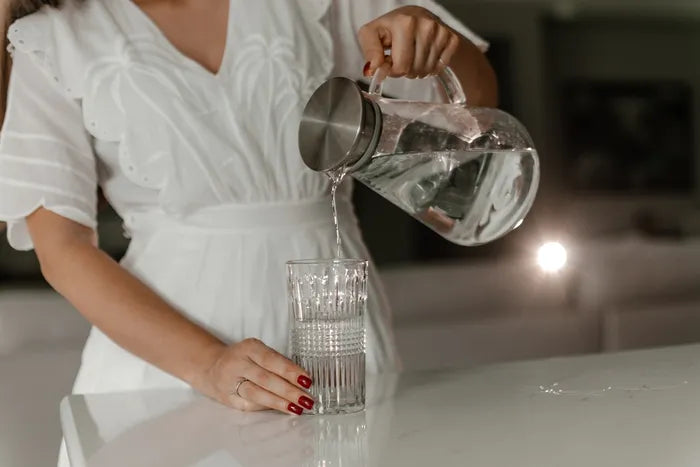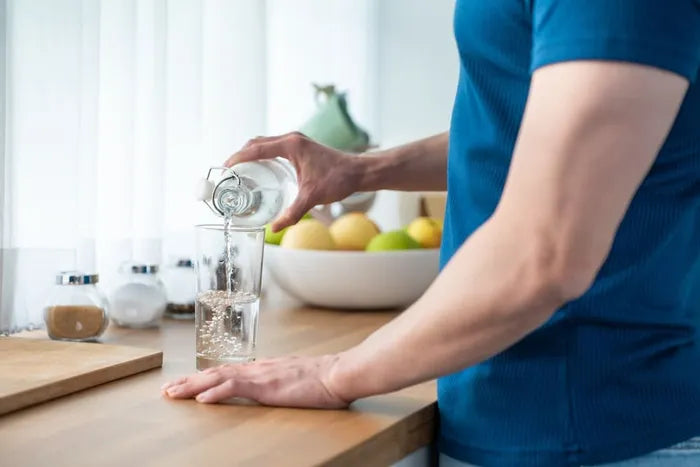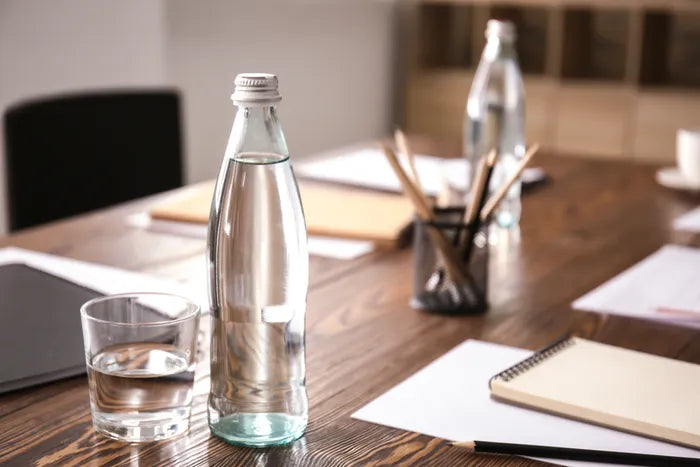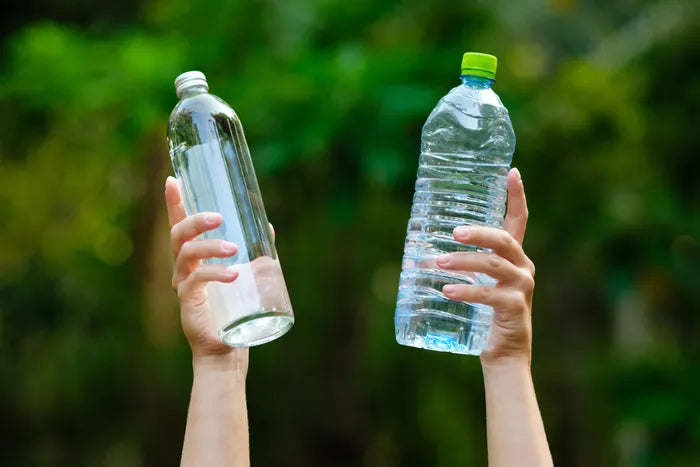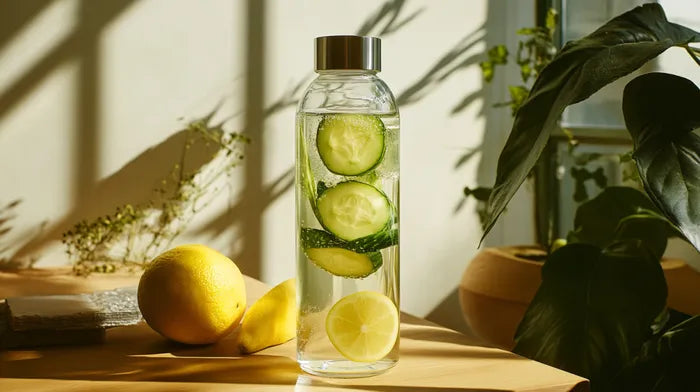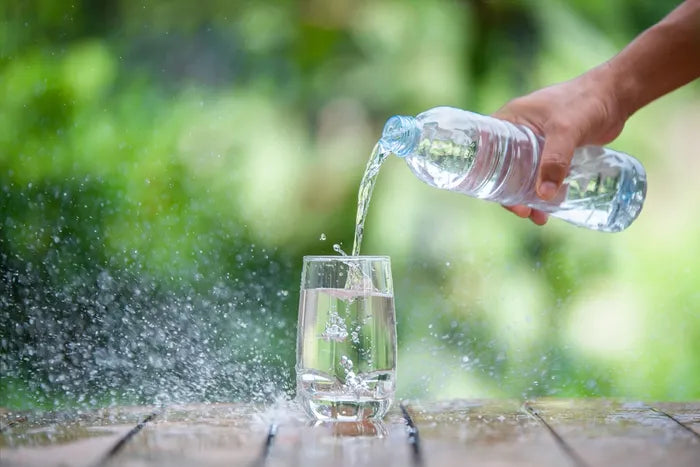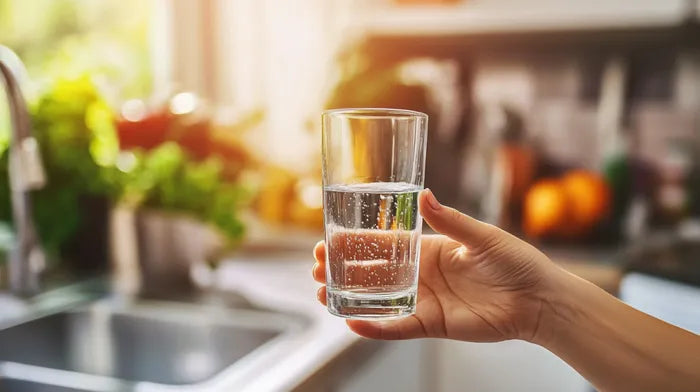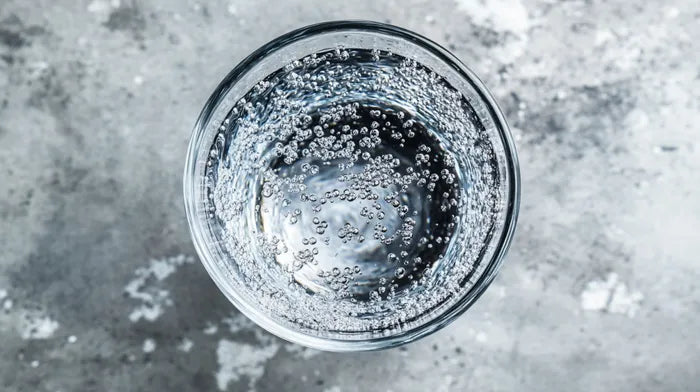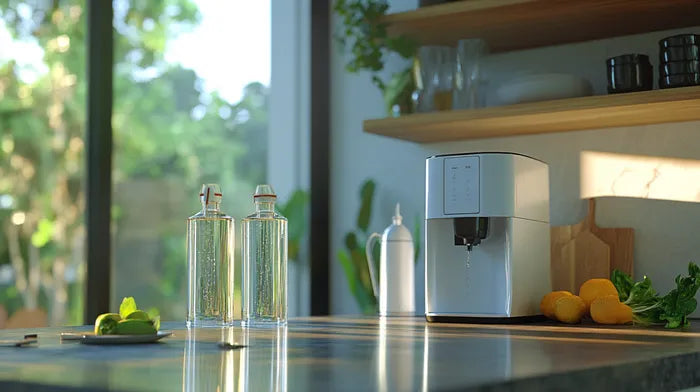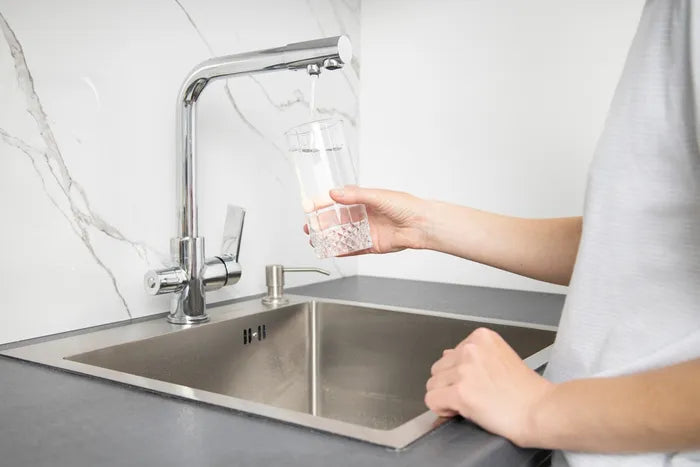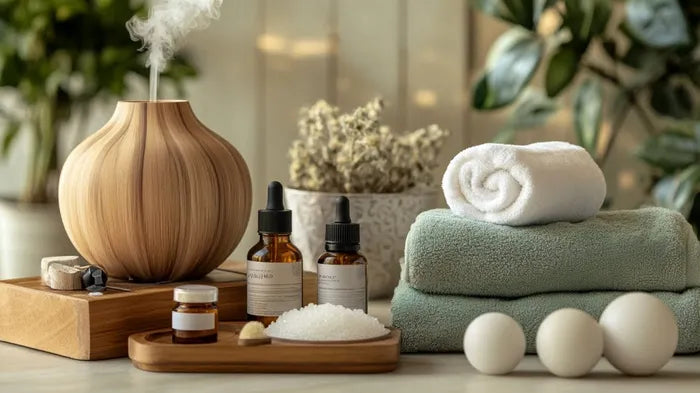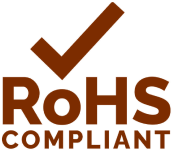How to Maintain Your Reverse Osmosis System for Longevity
Your reverse osmosis system can last five years—or fail in six months. The difference? Maintenance. Here's how to do it right.
Updated May 7, 2025

If you rely on a reverse osmosis system to purify your drinking water, maintenance isn’t optional. Skip it, and you’ll end up with poor water pressure, off flavors, bacterial growth—or worse, a ruined membrane that costs hundreds to replace.
This guide covers everything you need to know about reverse osmosis system maintenance—from filter replacement schedules to membrane care—so you can keep clean water flowing and extend the life of your system.
Here’s how to take care of your RO water system maintenance the right way
» Skip the hassle of regular maintenance: Get a countertop RO filter
What Makes Reverse Osmosis Systems Worth It?
A reverse osmosis (RO) system removes up to 99% of the stuff you don’t want in your water—heavy metals, chlorine, bacteria, sediment, and more. It pushes water through a membrane so fine it only lets water molecules pass. You get clean water, better taste, and peace of mind.
But RO systems only work if you take care of them. Ignore maintenance, and that miracle membrane turns into a clogged, leaky mess.
If regular maintenance sounds like a chore, the Waterdrop N1 Countertop Reverse Osmosis Water Dispenser is worth a serious look. It skips the plumbing and installs in seconds—just plug it in and pour.
With a built-in smart screen that shows real-time water quality and filter life, it takes the guesswork out of upkeep. The filters are long-lasting (6 to 18 months) and easy to swap with no tools.
It also wastes less water than most under-sink units. If you want high-quality filtration without the hassle, this is the simplest way to get it.
The 6 Things That Can Wreck Your RO System
- Clogged Filters: Your prefilters trap gunk before it hits the membrane. Once they’re full, pressure drops and debris breaks through.
- Membrane Fouling: Bacteria, minerals, and organics stick to the membrane. Water slows. Quality drops.
- Scaling: Hard water leaves behind calcium and other minerals. These form rock-hard layers on the membrane.
- Oxidant Damage: Chlorine and chloramines destroy the membrane over time if your carbon filters don’t catch them first.
- Leaks: Worn O-rings, cracked tubing, or lazy installation all lead to drips, pressure loss, and system failure.
- Storage Tank Buildup: Water sits too long. Bacteria move in. You get odd smells or low pressure.
All of this is preventable. Here’s how. ⬇️
How to Maintain Each Part of Your RO System (And When to Do It)
Properly maintaining a reverse osmosis system isn’t complicated—but it does require consistency. Each part plays a role, and neglecting even one can hurt performance and water quality.
TL;DR: Here' a table with timeframes for maintaining each part:
| Part | Maintenance Task | Frequency |
|---|---|---|
| Sediment Prefilter | Replace + sanitize housing | Every 3–12 months |
| Carbon Filter (Pre/Post) | Replace + test for chlorine | Every 6–12 months |
| RO Membrane | Replace + clean with proper solution | Every 2–5 years |
| Storage Tank | Sanitize + pressure check | Yearly / Quarterly |
| Faucet & Tubing | Flush + inspect for leaks | Weekly / Quarterly |
| Fittings & Tubing Connections | Inspect for cracks, leaks, or aging; replace O-rings if needed | Every 3–6 months |
1. Sediment Prefilter
This is your first line of defense. It blocks sand, dirt, and rust before they can reach the membrane.
- Inspect every 3–6 months
- Replace every 3–12 months depending on water source (3–4 months for well water and 6–9 months for clean city water)
- Flush and sanitize the housing at every filter change
- Lubricate O-rings with food-grade silicone to keep a tight seal
If your water pressure drops by more than 5–10 psi, the filter’s clogged. Change it.
» Check out the best filters for smelly water
2. Carbon Filters (Pre + Post)
The pre-carbon filter removes chlorine and other chemicals that eat away at the membrane. The post-carbon filter improves taste and blocks bacterial regrowth after the water’s been stored.
- Check for chlorine monthly with test strips
- Replace both filters every 6–12 months (In high-chlorine areas, swap pre-carbon every 3–6 months)
- In high-chlorine areas, swap pre-carbon every 3–6 months
- If water tastes stale or smells off, change the post-carbon filter
- Sanitize the system annually, especially around the post-carbon stage
» Find out if the carbon dust from filters is harmful
3. RO Membrane
The heart of your system. If it fails, you’re basically drinking tap water.
- Replace every 2–5 years, depending on water quality and usage
- Watch for signs it’s struggling, such as lower water output, bad taste, or a high TDS (total dissolved solids).
- Clean with low pH solutions (citric/nitric acid) for scaling
- Use high pH solutions (sodium hydroxide + surfactant) for organics and biofilms
Always use good pretreatment—if chlorine or hardness gets through, the membrane suffers
» Find out how a TDS meter works so you can measure your water quality
4. Storage Tank
One of the most overlooked parts of reverse osmosis maintenance is the storage tank. When water sits too long, it invites bacteria and stale flavors. It holds water after filtering. If bacteria or stale water build up, quality tanks fast.
- Sanitize yearly with diluted bleach or RO-safe cleaner
- Check air pressure in the tank every 3–6 months (Should be around 5–7 psi when empty)
- Should be around 5–7 psi when empty
- Flush the tank every few weeks if water sits unused
- Check for leaks, corrosion, or funky smells every inspection cycle
» Discover if you can reuse your water filters
5. Faucet + Tubing
These don’t just carry water—they can harbor bacteria or leak quietly for months.
- Flush the faucet weekly, especially after vacations or downtime
- Clean the aerator and sanitize the system yearly
- Inspect connections quarterly
- Replace O-rings and washers as needed
- Avoid overtightening—finger-tight is usually enough
» Check out the best water filters to prevent limescale
6. Fittings, Pressure Regulator + Flow Restrictor
These parts control flow and pressure. If they go bad, your system either trickles or floods.
- Inspect tubing and fittings every 3–6 months
- Replace tubing every 3–5 years, sooner if it yellows or cracks
- Check the pressure regulator yearly—if your feed water exceeds 85 psi, it needs one
- Monitor pressure monthly with gauges (40–80 psi is ideal)
- Check the flow restrictor when servicing the membrane (every 2–3 years)
- Replace the flow restrictor when replacing the membrane unless it’s reusable
» Learn how long water filters can last
What to Do After Long Breaks or Water Quality Changes
If you’ve been away or your water suddenly changes (after storms, new well installation, or algae blooms):
- Flush the system completely
- Replace all filters if it’s been more than 6 months
- Check the membrane’s rejection rate with a TDS meter
- Sanitize the tank and lines
- Test for chlorine, iron, and pH—adjust pretreatment if needed
» Check out the health benefits of filtered water
If You’re on Well Water, You’ve Got More Work to Do
Well water means more iron, bacteria, and hydrogen sulfide. You can’t treat it like city water and expect your RO system to last.
- Use iron filters, UV lights, and softeners before water hits your RO
- Sanitize every month or two, not just once a year
- Expect more scaling and biofouling
- Use non-chlorine sanitizers like hydrogen peroxide
- Keep a log of membrane performance—watch for sudden drops in flow or spikes in TDS
» Read our in-depth comparison of RO and tap water filters
Keep It Clean, Keep It Flowing
The maintenance of a reverse osmosis system might sound like a chore, but it’s the secret to long-term performance. Stay on schedule, and you’ll enjoy clean, great-tasting water for years—skip it, and your system will make you pay for every glass.
Bookmark this guide for quick reference—you can turn it into a reverse osmosis maintenance checklist and come back any time you need a refresh.
If you love clean water but hate filter schedules, tubing checks, and under-sink gymnastics, there’s an easier way. The Waterdrop N1 Countertop Reverse Osmosis Water Dispenser gives you the same purified water—without the maintenance headaches. No plumbing. No drilling. Just plug it in.
Disclaimer: The information published by MAYU Water is not a substitute for the expert knowledge, advice, and recommendations of trained professionals. We strongly recommend consulting with industry experts and primary or scientific sources before making any health, research-related, or other important decisions.













